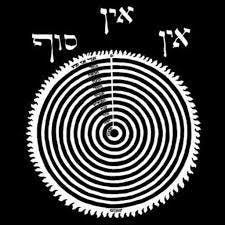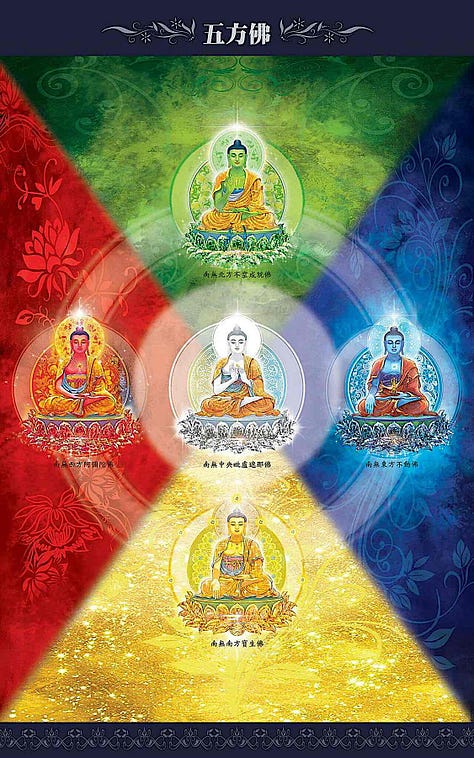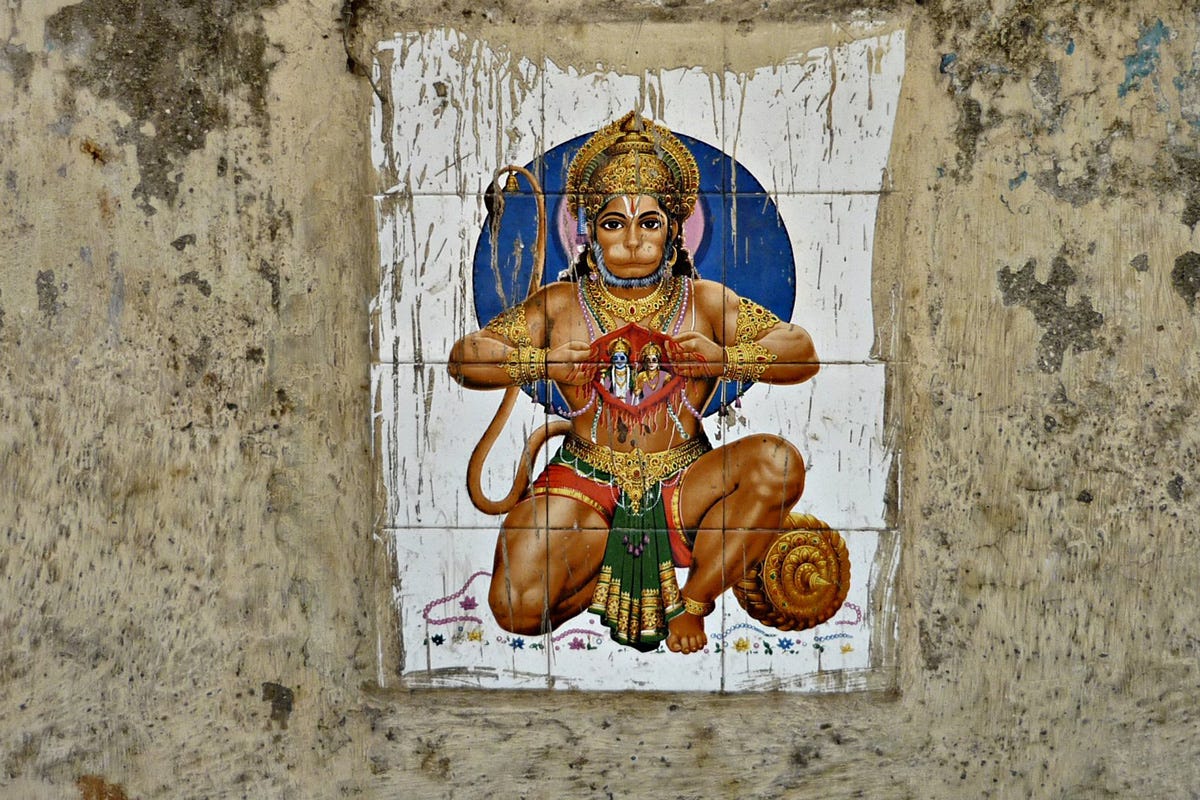
From as early as I can remember, I was obsessed with figuring out life—what it means, why we’re here, what happens after we die. I actually know exactly when the idea of heaven first hit me: it was 1989, I was seven years old, and I watched All Dogs Go to Heaven. The movie stuck with me. Even at that age, I remember feeling an ache, like I needed a way to stay connected to the people I loved, even after they were gone. So, in my little mind, I came up with a plan: I was going to build a telephone to heaven. Not a toy, not pretend—an actual device that could bridge the gap. It wasn’t just a cute idea; it felt urgent, like I needed answers.

Looking back now, through the lens of everything I’ve studied and healed, I can see how that moment was just one thread in the story of my life. I remember sitting in first grade, watching a video about animals decomposing, and my mind spinning with thoughts about death. By middle school, I had bouts of what I now know were panic attacks, triggered by existential dread I didn’t yet have words for. These moments stayed with me, shaping the questions I carried into adulthood: What is life? What is death? How do we make sense of all this?
Now, as someone who’s spent decades studying physiology, depth psychology, and sacred mystical arts, I’ve unraveled trauma, aligned with my purpose, and grown into the person I am today. I see how these threads wove together into the work I do now. The same curiosity that led little me to imagine a telephone to heaven now fuels my journey to heal, optimize, and deeply understand this human experience.
It was this search for understanding that led me to the groundbreaking work of Donald Hoffman. A cognitive scientist, Hoffman explores how perception shapes our experience of reality. His theories didn’t just resonate with my lifelong sense that there is more to existence than meets the eye—they validated it through science and mathematical precision.
Hoffman argues that what we see and experience is not an objective reality but a kind of user interface, a survival mechanism designed by evolution to present only what we need to navigate the world. Space and time? They’re constructs. The physical world? Just a fraction of what really exists.
To hear someone of Hoffman’s caliber say outright that we are essentially living in a simulation—and then support that claim with rigorous science—was electrifying. It was like seeing the Men in Black scene where the camera zooms into a galaxy on a cat’s collar charm and reveals multiverses within multiverses. Hoffman’s work put into words what I’ve intuitively felt my whole life: this world is only the beginning.
As always, The Simpsons know what’s up.
Hoffman’s ideas immediately reminded me of the work of physicist David Bohm, whose research I had been exploring long before I encountered Hoffman. Bohm’s insights into quantum mechanics and his concept of the implicate order profoundly shaped my understanding of reality.
Bohm proposed that the universe is a “single undivided whole,” where what we perceive as separations—between objects, people, or even dimensions—are illusions created by the limits of our perception. According to Bohm, the explicit order we experience is only the surface, an unfolding of a deeper, interconnected reality that lies beneath.
Hoffman’s theories felt like a bridge to Bohm’s work, offering a complementary perspective. While Bohm explored the quantum foundations of reality, Hoffman examines the role of perception in shaping what we see and experience. Both point to the same profound truth: separation is an illusion. Beneath the perception of separation lies a hidden unity, a vast interconnectedness that transcends and includes the physical world. Together, their work reveals the limits of our senses and offers a glimpse into the deeper, infinite reality that exists beyond them.
When we think of life as a simulation or an interface, it’s easy to fall into the trap of dismissing it as insubstantial, as if nothing we do really matters. But that’s not what Hoffman’s work, nor Bohm’s insights, suggest. On the contrary, the interface is not a negation of reality—it’s a reimagining of how we engage with it. The construct is the medium through which we navigate this existence, and the choices we make within it ripple outward in profound ways. Seeing life as a game doesn’t mean it’s trivial; it means it’s an arena for exploration, growth, and creation.
Every action, every choice, carries meaning because it is part of an interconnected whole. By understanding the “game” of life as a simulation designed for growth, we can approach it with a sense of agency and purpose, knowing that our actions shape the construct, the world, and our shared reality.
The Construct and the Oneness
Hoffman’s theories speak to spiritual truths in the language of mathematics. His description of the universe as an interface resonates with the Vajrayana Buddhist tradition, which I’ve trained in through the Shagpa Kagyu lineage. In this tradition, the nature of reality is a central inquiry, revealing that what we perceive as space and time are not fixed structures but dynamic, interdependent dimensions—scaffolding for a deeper truth: the interconnectedness of all phenomena.
This idea of oneness runs through other spiritual traditions as well. In Kabbalah, the Ein Sof is the infinite—boundless, incomprehensible, and unified. The Shema, a central prayer in Judaism, declares, “G-d is One,” not in the sense of a singular deity but as the oneness of all things. Sufism, too, speaks to this unity with Wahdat al-Wujud, the “unity of being,” teaching that all existence is a manifestation of the Divine.
These ideas mirror what Hoffman and Bohm articulate: separation is an illusion, and there is a deeper unity that both science and spirituality strive to understand.
These truths cannot remain intellectual theories alone—they must be lived and embodied. To grasp them fully, we must engage in practices that let us experience them directly.
Through Tantra, psychedelics, and both formal and informal mystical study, I’ve felt this interconnectedness firsthand. Hoffman’s concept of conscious agents—hidden layers of awareness shaping reality beyond what our senses can detect—provides a scientific framework for these profound experiences. Together, these ideas and practices remind us of a timeless truth: we are not just observers of the construct; we are co-creators of it.



Easing Existential Dread
For most of my life, I’ve wrestled with existential questions: What happens when we die? Will I ever see my loved ones again? These thoughts weren’t just philosophical—they carried a weight of anxiety, a sense of dread that lingered for years.
Hoffman’s theories didn’t provide definitive answers, but they offered something even more valuable: a perspective that reframed the questions themselves. If this life is a simulation, then death isn’t an end but a transition—a shift from one state of existence to another. Consciousness continues—it is universal, the source of everything, and doesn’t depend on the avatar we currently inhabit.
But while we are here, alive in these bodies, we are working within the framework of specific avatars. These avatars—our bodies, minds, and unique expressions—are the tools through which we engage with the game of life.
That realization transformed my dread into something entirely different: a sense of curiosity, playfulness, and purpose. If life is a sacred game, then my mission became clear: to optimize my avatar, to make this living version of myself the best it can possibly be.
I’ve also developed a hypothesis: our central nervous system is critical to how our avatars interface with universal consciousness—the essence of what we truly are. This connection extends beyond the physical, into the subtle energy body, creating a bridge between the tangible and the transcendent. However, trauma—often stored in our fascia and nervous system—disrupts this bridge, blocking us from fully accessing our inherent awareness and potential. Reclaiming and restoring this connection is essential for experiencing the full depth of our essence and understanding who we are.
Though my career began in exercise science—driven, in part, by my existential dread and desire to live as long as possible—it has evolved into something far deeper. My drive to connect the dots between everything has led me into deep study of trauma, the nervous system, mysticism, sexuality, and communication. Just as the separation between us as individuals is an illusion, the separation between these different areas of our lives is an illusion as well.
This is why I’ve pursued the highest quality professional training available in these fields—to help myself and others connect the dots and thrive multidimensionally. It is my greatest joy to meet people and get to know their unique history, set of gifts, talents, and limitless potential.
Every person I work with is living in their own unique avatar in this lifetime, and I am privileged to help them embody and live their unique, limitless potential. Together, we create strategies and practices to unlock the fullness of who they are, aligning body, mind, and spirit into a unified whole.
This work is both personal and relational. I explore these realms in my own life, with my family, and in my professional practice with clients—and, often, their families as well. To approach this process in isolation is to miss the point entirely.
Life as a sacred game isn’t about solitary optimization; it’s about engaging with the interconnected web of relationships that surround us. How we shape the avatar we each are working with in this lifetime has a massive impact on the lives of those we love and the world at large
Through this lens, my existential dread has evolved into a deep commitment: to grow, explore, and create the fullest version of myself—not just for me, but everyone I love who all belong to the infinite web of consciousness experiencing itself through my life.
The Sacred Simulation
In a world dominated by materialism and systems that disconnect us from ourselves, Hoffman and Bohm’s ideas are calls to remember the sacred. This postmodern era has fractured us with cynicism, capitalism, and patriarchal power structures. We’ve been torn from the oneness, alienated from each other and the earth. Trauma reinforces this fragmentation, keeping us stuck in survival mode, blind to the interconnectedness that Hoffman, Bohm, and so many spiritual and ancestral traditions reveal.
But the sacred has never left; it’s woven into the interface. Mystical branches of every religion and spiritual tradition have always pointed to this truth. The Shema, Buddhist teachings on interdependence, Sufi poetry about the unity of being, and the Indigenous understanding of humanity’s intimate relationship with the earth—all offer ways to navigate the construct. The Yoruba tradition of Ifa teaches that each of us is connected to Orunmila, the wisdom of the divine, and that our purpose unfolds through alignment with that sacred wisdom.
Everywhere we look, if we look with a curious mind and open heart, we find practices and teachings that remind us that the separation we see is an illusion and offer blueprints for living with connection, reciprocity, and purpose.
One of my favorite stories comes from the Ramayana, an ancient sacred text that is central to the lineage of Neem Karoli Baba and Ram Dass, where I have been blessed to find one of my spiritual families. When Rama asks Hanuman, “How do you look upon me?” the great monkey gives a three-part answer: “When I believe I am the body, then I am your faithful servant. When I know I am the soul, I know myself to be a spark of your eternal Light. And when I have the vision of truth, you and I, my Lord, are one and the same.”
This story captures the essence of Bohm’s undivided whole, Hoffman’s conscious agents, and Moses’ declaration of “I am that I am.” It reflects the heart of every mystical practice: remembering that we are not separate. We are not alone. We are the infinite experiencing itself.
The idea of life as a sacred game finds resonance in the Hindu concept of Leela—the divine play of existence. Leela—the divine play—invites us to see life not as a random collection of events but as part of a larger unfolding guided by an infinite consciousness. This loving awareness, whether you call it G-D, Ram, the Divine, universal consciousness, or any other name, isn’t a distant force pulling the strings—it’s woven into every aspect of the game. It’s present in the connections we feel, the synchronicities we notice, and the opportunities for growth and love that arise even in life’s most challenging moments.
This perspective allows us to engage with life more fully, holding it lightly but not dismissively. It asks us to trust that the game isn’t arbitrary—it’s meaningful, purposeful, and deeply interconnected. As players in this sacred game, we are called to act with intention and love, knowing that our moves are part of something greater than ourselves.

To fully embrace life as a sacred game is to understand the interplay between our avatars and the larger loving consciousness shaping the Leela. Our avatars are how we engage with the game—tools to explore, grow, and connect. But they’re not just functional; they are sacred expressions of the infinite. The nervous system, the interface, and the energy body all work together to allow us to navigate this construct with intention and purpose.
This game is not random; it’s a co-creation with an infinite awareness that moves through all things. As avatars, we have the freedom to make choices, to align with the sacred, and to bring love and transformation into the world. The stakes are high, not because we are competing, but because our actions shape the interconnected web of existence.
To optimize your avatar is to participate fully in the game—not just for yourself, but for the collective. It’s a practice of aligning with consciousness, tending to the body and mind, and living with the intention to uplift others and the systems we all depend on. When we see life as a sacred game, we understand that every move matters. The question isn’t just what you will create—it’s who will you become as you play this sacred game?
Optimizing Your ‘Avatar’
If life is a game and this body is your avatar, the goal isn’t just to play—it’s to align and elevate. Multidimensional Living isn’t just a philosophy; it’s a path for realizing your potential and using it to serve others. Physical vitality, emotional intelligence, spiritual clarity, pleasure optimization, creative power—it’s all part of living with intention.
Here are four simple ways to optimize your avatar:
Cultivate Awareness: Use mindfulness to understand the interface. Breathing techniques, meditation, and nervous system practices help you navigate with intention.
Level Up Physically: This body is your vessel. Move it, nourish it, strengthen it. Release the misinformation that has kept you disempowered or in cycles of abuse with your body. If you’re looking for support here, Steady Strength is a mentorship designed to help you reclaim strength and resilience in a way that will empower you for the rest of your life.
Align With Purpose: Get clear on your values, craft a vision, and design a Game Plan that reflects the life you want to create.
Reclaim and Integrate: Trauma fragments the avatar, disconnecting us from the pure spirit within. Trauma in this life is inevitable, post-traumatic growth isn’t. Invest in your growth and healing in a way that acknowledges the wholeness of who you are, and the truth of what you’ve gone through. Integration is about gathering those pieces and aligning body, mind, and spirit into a unified whole.
This isn’t just self-improvement—it’s about collective thriving. When you align and reclaim your wholeness, you ripple that energy outward into your relationships, communities, and the systems we all depend on. As a multidimensional performance coach, I’ve seen how this work transforms not just individuals, but the collective systems they touch.
The Legacy of Consciousness
Hoffman’s work, Bohm’s insights, and my spiritual journey (to this point) all converge on one truth: this life is a sacred simulation. It’s not just a fleeting opportunity to play—it’s a chance to rewrite the rules, create new systems, and leave the construct better than we found it. From the questions we ask as children to the actions we take as adults, our curiosity and choices shape the ripple effects of our existence.
The question isn’t just what you will create in this game—it’s who you will become while playing it. The same wonder that once had me dreaming of a telephone to heaven now fuels my journey to evolve and align.
This is your invitation to look inward, reconnect, and step into your fullest self.
Reclaim.
Create.
Transform.
The universe, in all its infinite oneness, is waiting to experience itself through you.





Hi Seth, I enjoyed your article very much. You packed a lot into 17 minutes of audio! So much, in fact, that you could expand this outline into a semester long course, a book or workshop series. I also wonder how this work could be presented to those who are addicted to video games in a way that would help them move from games of extreme violence that emulate and glorify war, to ones that promote the beautiful , good and true?
Looking forward to more from you!
For ten years I ran a thing called Play Church which held open the (literal) temple doors for people to develop their own sense of the deep game of life, to reclaim their felt sense of being on a grand adventure (yeah, like Pooh 100%). So, there are so many things I could respond to in this post but I’ll just say thank you again for your work